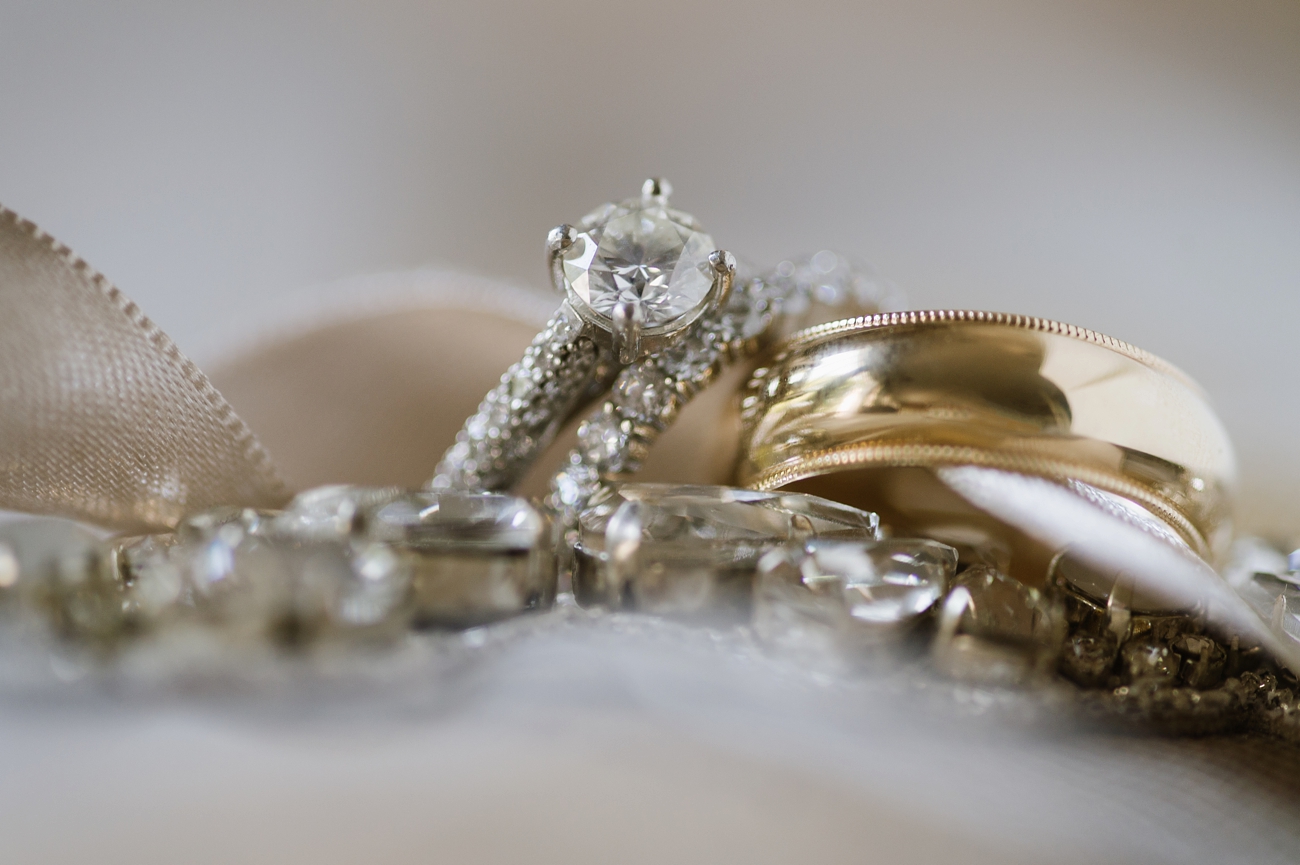
Lab Diamond Rings: Platinum vs Gold – A Thorough Correlation
With regards to picking the ideal setting for your lab diamond ring, the discussion frequently reduces to two exemplary decisions: lab diamond rings platinum vs gold. The two metals offer interesting properties that can fundamentally impact the general look and feel of your ring. In this extensive aide, we will dive into the particular characteristics of platinum and gold, giving you the fundamental experiences expected to pursue an educated choice.
Figuring out Lab Diamonds
Prior to plunging into the correlation, it’s significant to get a handle on what lab diamonds are. Lab diamonds, otherwise called manufactured diamonds or refined diamonds, are established in a controlled climate that copies the normal circumstances under which diamonds structure. These diamonds are synthetically, truly, and optically indistinguishable from normal diamonds, offering a similar splendor and toughness.
Platinum: The Quintessential Metal
1. Sturdiness and Strength
Platinum is prestigious for its outstanding sturdiness and strength. As one of the densest and heaviest metals, it is doubtful to scratch or wear out over the long haul contrasted with gold. This pursues platinum an ideal decision for day to day wear, guaranteeing that your lab diamond ring keeps up with its flawless condition into the indefinite future.
2. Hypoallergenic Properties
For those with delicate skin, platinum is an incredible choice because of its hypoallergenic nature. Not at all like different metals that might contain nickel or different allergens, platinum is an unadulterated metal that limits the gamble of skin disturbance or unfavorably susceptible responses.
3. Regular White Shine
Platinum has a characteristic white sheen that doesn’t need rhodium plating, a typical practice for white gold. This innate whiteness supplements the splendor of lab diamonds, permitting them to sparkle with unmatched clearness.
4. Selective and Extravagant
Platinum’s unique case and weight add to its sumptuous allure. It is frequently connected with top of the line gems, giving your lab diamond ring a selective and ageless quality.
Gold: Exemplary and Adaptable
1. Different Gold Sorts
Gold is available in a few combination types, including yellow gold, white gold, and rose gold. Each type has its extraordinary tasteful, taking into consideration a scope of individual articulations.
Yellow Gold: This exemplary decision offers a warm and customary look that supplements an assortment of complexions. Its rich variety adds a classic appeal to lab diamond rings.
White Gold: White gold has a gleaming appearance that looks like platinum however is less thick. It is regularly plated with rhodium to upgrade its sparkle and solidness.
Rose Gold: Injected with copper, rose gold has a particular pink tint that adds a heartfelt and present day touch to any ring.
2. Gold’s Flexibility
Gold’s capacity to be alloyed with different metals brings about flexibility. This permits gem specialists to make rings with changing varieties and wraps up, giving a more extensive scope of plan choices contrasted with platinum.
3. Reasonableness
Contrasted with platinum, gold is for the most part more reasonable. While gold costs change, it stays a more financial plan accommodating choice for those looking for a great lab diamond ring without the superior sticker price of platinum.
4. Care and Upkeep
Gold, especially white gold, may require intermittent rhodium plating to keep up with its sparkle and safeguard against scratches. Yellow and rose gold, nonetheless, are more impervious to discoloring and don’t need as much upkeep.
Contrasting Platinum and Gold Settings
1. Tasteful Allure
The decision among platinum and gold frequently boils down to individual inclination. Platinum’s inconspicuous white sheen upgrades the brightness of lab made diamonds, making a smooth and present day look. Gold, with its warm or pink tones, adds a work of art or heartfelt feel to the ring.
2. Life span and Sturdiness
For those looking for a ring that endures everyday hardship, platinum is the better decision due than its heartiness and protection from wear. Gold is tough yet may give indications of wear all the more rapidly, particularly in milder compounds.
3. Skin Responsiveness
In the event that you have delicate skin, platinum is a more secure bet. Its hypoallergenic properties decrease the gamble of disturbance, making it ideal for those with sensitivities or skin awarenesses.
4. Financial plan Contemplations
Gold offers a more economical choice while as yet giving a wonderful setting to lab diamonds. In the event that cost is a critical element, gold permits you to partake in the excellence of lab diamonds without surpassing your spending plan.
Pursuing the Last Choice
Picking either platinum and gold for your lab diamond ring includes thinking about a few variables, including tasteful inclinations, skin responsiveness, strength, and financial plan. The two metals offer unmistakable benefits, and the most ideal decision eventually relies upon your own style and functional requirements.
Conclusion
In conclusion, whether you incline towards the extravagant appeal of platinum or the exemplary appeal of gold, every metal gives a one of a kind setting to your lab diamond ring. By understanding the attributes and advantages of every choice, you can pursue an educated choice that lines up with your style and way of life.
Choosing the ideal setting is a thrilling move toward your excursion to finding a delightful lab diamond ring. With this extensive aide, we really want to believe that you feel certain about settling on a decision that will be esteemed for quite a long time into the future.


